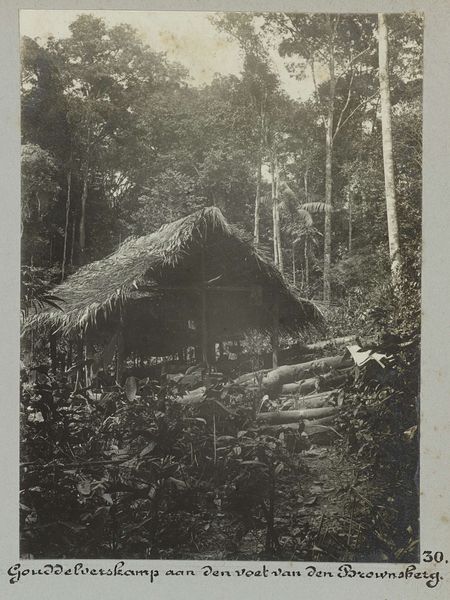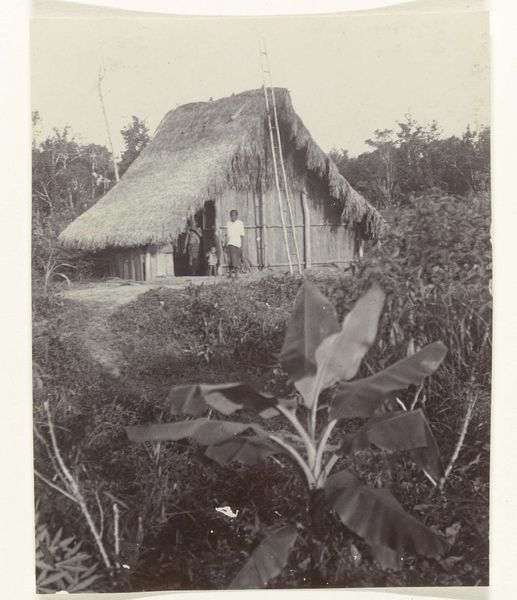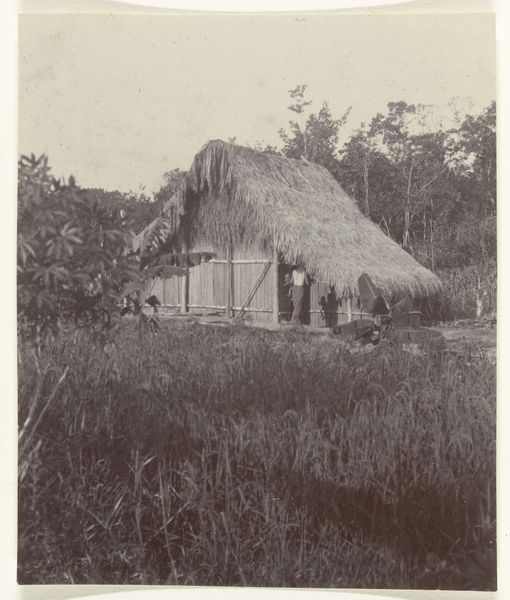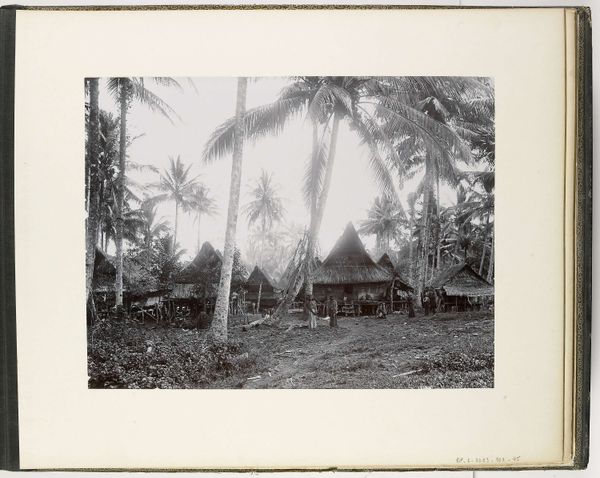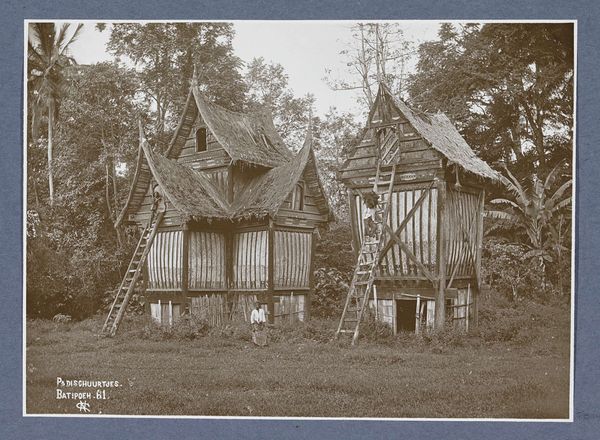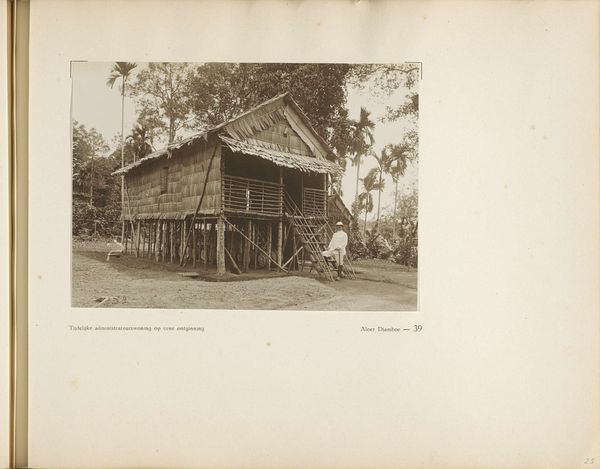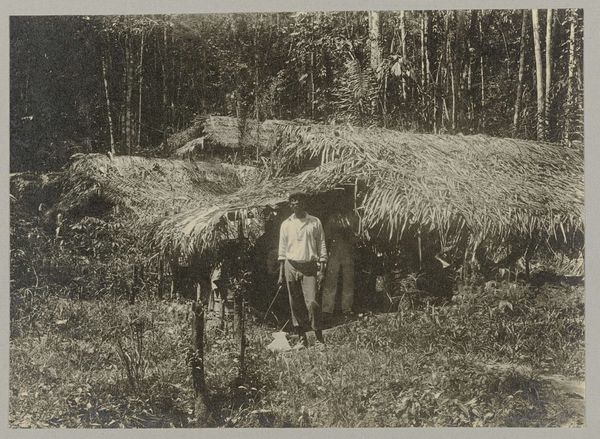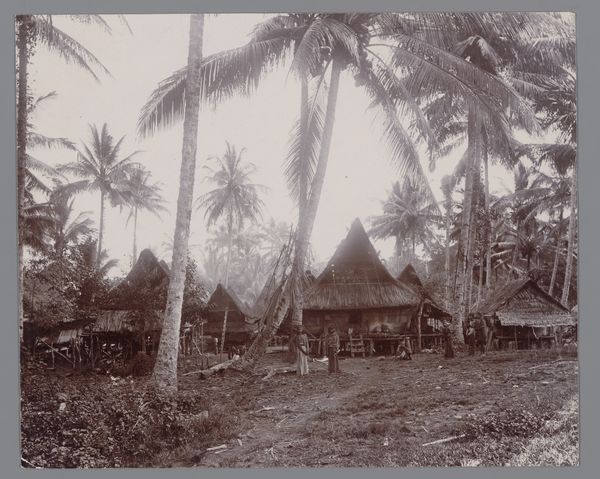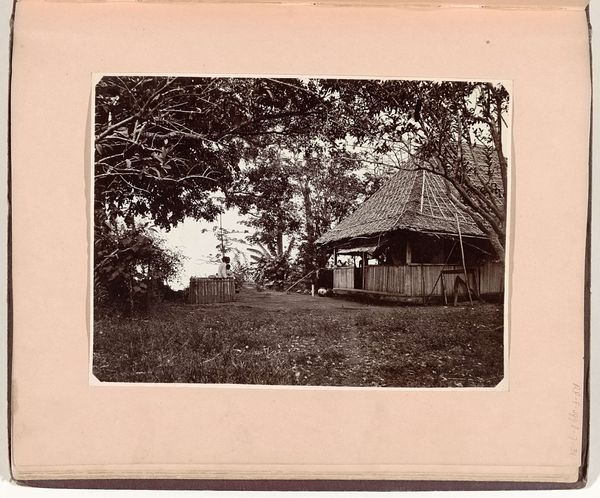
Een hindu crematie ritueel waarbij beenderen en overblijfselen in op runderen gelijkende beelden worden gedaan alvorens deze worden verbrand. 1900 - 1915
0:00
0:00
gelatin-silver-print, photography, gelatin-silver-print
#
gelatin-silver-print
#
asian-art
#
outdoor photography
#
photography
#
gelatin-silver-print
Dimensions: height 164 mm, width 116 mm
Copyright: Rijks Museum: Open Domain
Editor: So, here we have a gelatin silver print from between 1900 and 1915, attributed to Johanna Hermina Marmelstein. The title is "Een hindu crematie ritueel waarbij beenderen en overblijfselen in op runderen gelijkende beelden worden gedaan alvorens deze worden verbrand" – quite a mouthful! It depicts what looks like a Hindu cremation ritual with these striking bovine-shaped figures. There’s a somber yet intriguing mood to it. What do you see in this piece? Curator: Beyond the immediate visual representation of a cremation ritual, I see a powerful intersection of culture, religion, and the colonial gaze. These images from the early 20th century are often framed within the context of ethnographic documentation. However, it’s critical to consider the photographer’s positionality: What perspectives are centered, and whose are marginalized? How does the act of photographing this sacred ritual potentially alter its meaning and impact the community involved? Editor: That’s a good point. I hadn't considered the ethical implications of documenting such a personal moment. Were photographs like this typically used to promote understanding, or did they often perpetuate stereotypes? Curator: Unfortunately, too often these images reinforced existing power dynamics. The framing could easily exoticize or misrepresent cultural practices. Considering feminist theory, for example, who holds the power in this scene? Is it the figures performing the ritual, the photographer capturing it, or the Western audience viewing it? These photographs need to be contextualized to deconstruct potential biases. What kind of feelings arise when considering those power imbalances at play? Editor: It definitely makes me reconsider my initial interpretation. I am a bit unsettled about how the sacred traditions might have been misconstrued, or exploited for Western interests. Curator: Precisely. Reflecting on the social context urges us to think critically about the narratives we construct around such powerful images and their connection to socio-political discourse, both past and present. Editor: I appreciate you bringing up the historical and ethical implications. It’s shifted my perspective on how I interpret ethnographic photographs. Curator: And for me, it is another potent reminder of the power that images hold in shaping understanding and driving crucial conversations.
Comments
No comments
Be the first to comment and join the conversation on the ultimate creative platform.
